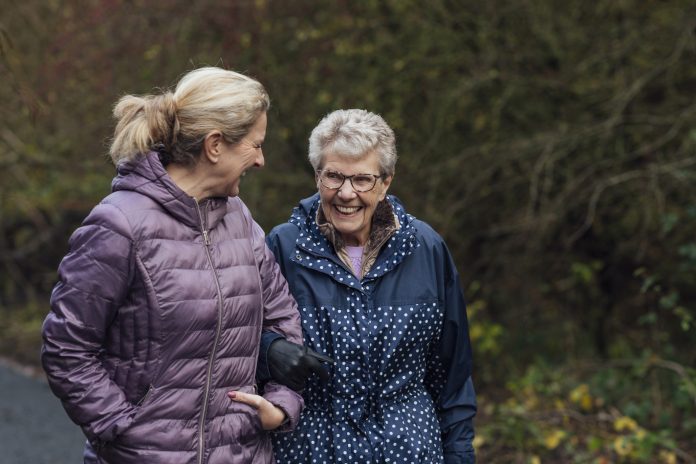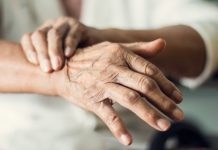A recent systematic review led by researchers from Santa Catarina State University (UDESC) in Brazil has revealed the connection between physical activity (PA) and sleep quality in older adults who experienced social isolation during the COVID-19 pandemic
The findings showed the impact of a decline in physical activity on sleep health in older people, underlining the importance of staying active, even in times of crisis.
How changes in physical activity affect sleeping patterns
The research, published in Aging (Aging-US), examined nine studies from around the globe, covering over 11,500 older adults from countries including China, Japan, Brazil, Scotland, Canada, Italy, and Spain.
The review focused on understanding how changes in physical activity levels during the pandemic affected sleep patterns in older adults, a population already at risk due to age-related changes in sleep and mental health.
The pandemic brought about a lot of social isolation, severely disrupting many people’s daily routines and lifestyles. Among the most affected groups were older adults, who not only faced heightened health risks due to COVID-19 but also experienced a significant reduction in physical activity due to lockdown measures and other barriers. These disruptions, in turn, worsened pre-existing health challenges, including sleep disorders.
The findings from the review
Although the findings were mixed, specific patterns were apparent.
Four studies found a negative association between reduced physical activity during the pandemic and poor sleep quality, suggesting that the lack of movement worsened sleep patterns. One study, however, reported a positive link between maintaining physical activity and better sleep quality, showing the benefits of staying active even in the face of isolation.
The remaining four studies found no significant association between physical activity and sleep quality, indicating the complexity of factors that influence sleep.
Sleep patterns in older adults
Sleep is an important part of ageing, as older adults tend to experience more difficulty falling asleep and staying asleep, which can lead to cognitive decline, depression, and reduced overall well-being.
The pandemic only worsened these issues, with stress, anxiety, and fear of infection contributing to disturbed sleep. It was noted that during this time, approximately 33.8% of older adults experienced poor sleep quality, a significant increase in sleep-related problems compared to pre-pandemic periods.
Engaging in regular activity
Physical activity is well-known for its positive effects on mental health and sleep. Studies have always shown that exercise can improve sleep quality by reducing anxiety, promoting relaxation, and regulating the circadian rhythm. For older adults, staying active extends beyond just better sleep; regular exercise is linked to improved cognitive function, mood, and overall physical health.
Even simple forms of physical activity, such as walking, stretching, or online exercise routines, can help mitigate the negative impacts of social isolation and improve sleep.
Encouraging older adults to engage in regular indoor or outdoor movement may play a crucial role in preventing the long-term effects of sleep disorders and inactivity.
The researchers emphasise the importance of public health policies that promote physical activity for older adults. The review highlights the need for healthcare professionals, caregivers, and communities to encourage older adults to stay active as a preventive measure against insomnia, poor sleep, and the mental health challenges associated with aging.
There is also a call for future research to explore the most effective types and intensities of physical activity to enhance sleep quality in older adults.











